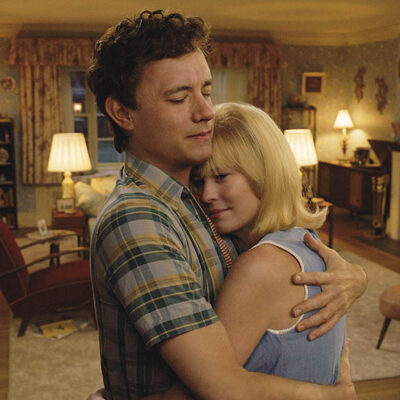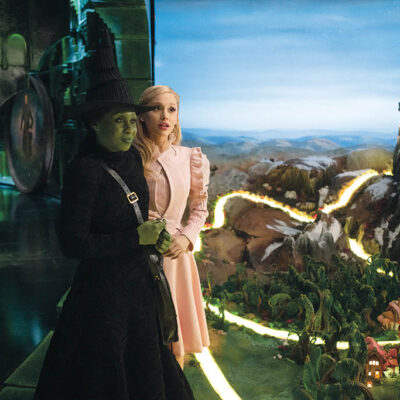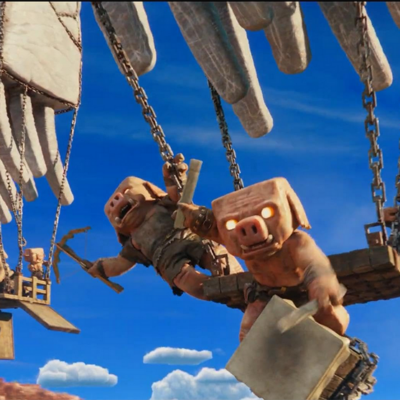Burrell joined the pre-production effort in May 2016. “Production Designer Carey Meyer (Firefly) had come on in April, so they already had a good handle on aspects of the city, like Bancroft’s tower,” Burrell states. “He and I hit it off right away, and I very much enjoyed how we could riff back and forth about visual concepts. Showrunner Laeta Kalogridis was a very active participant as well while we spent a month exploring various ideas. One focus of our design effort was visualizing the differences between various classes of citizens. The Grounders existed in the lower levels, and the Aerium, high above the clouds, is where the wealthiest lived. Between them was Twilight, who represented the upper-middle section of society.”
Although black and white films like Touch of Evil and The Third Man were touch-points for the Altered Carbon design effort, the (replicant) elephant in the room remained Scott’s Blade Runner. “One of the first things we did as a group was go to a really nice theater at DeLuxe to watch it again,” says Burrell. “We wanted to see what they did to make that film work so well. In turn, that made us think about what we could do to achieve a similar level of credible spectacle, but without falling into straight emulation, which wouldn’t have done credit to the great source material Altered Carbon is based on. While people remember Blade Runner for those iconic cityscapes, the film actually has tons of close-ups of Deckard and Rachel talking with everything out of focus behind them, owing to long lenses. And that worked well for us, because when you put a long lens on the Alexa 65, it mimics that lack of depth of field, and the out of focus background registers in an impressionistic way that, while still looking cool, isn’t totally about the detail and texture way back there in frame.”
More recent efforts in the subgenre were less influential. “We watched the live-action version of Ghost in the Shell,” Burrell reveals, “but Laeta didn’t like that palette, so we steered well clear of the pinkish hues and made a point of muting our greens, especially during the DI. And when I saw Blade Runner 2049, we realized they had put a dam in, just like our dam around San Francisco Bay. I was like, ‘Oh shit, they got here first!’ But as these films all feature extrapolation from present-day concerns, it kind of makes sense we both drew similar conclusions about rising sea levels. The thing we had that 2049 didn’t was a beautiful, sunny, pristine world that wasn’t mired in fog and haze, revealed once we broke through those clouds.”
Burrell acknowledges that there was very much a blue-sky aspect to this early development work, and that when reality set in, the possibilities were scaled back somewhat. “But I have to say, we aimed very high with this, always intending a Game of Thrones level of production with extremely high-quality visuals, making a particular effort to get our CG to a photoreal level. Ironically, some stuff built practically, like the limousine, had such a nice finish that when we created an exact duplicate in CG, our first turntable looked so pristine and perfect that it generated all these ‘It looks totally fake!’ responses. We wound up having to put extra layers of dirt and scratches on our digital model in order for people to believe this candy-apple/new-car/showroom finish.”
The Netflix mandate for 4K delivery was a higher specification than Burrell has dealt with for feature work, but advance planning facilitated the workflow. Encore Vancouver processed digital dailies as ProRes 4444 XQ files, capable of supporting 12-bit imagery, while a Technicolor innovation enabled efficient linkage with overseas facilities.





























